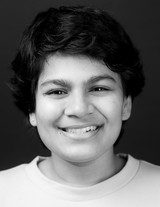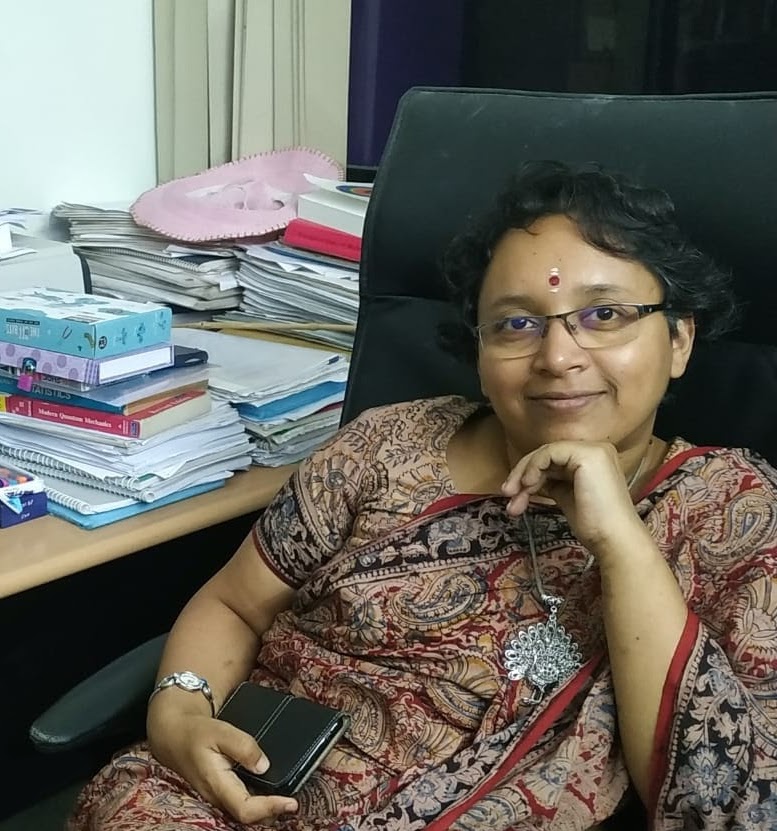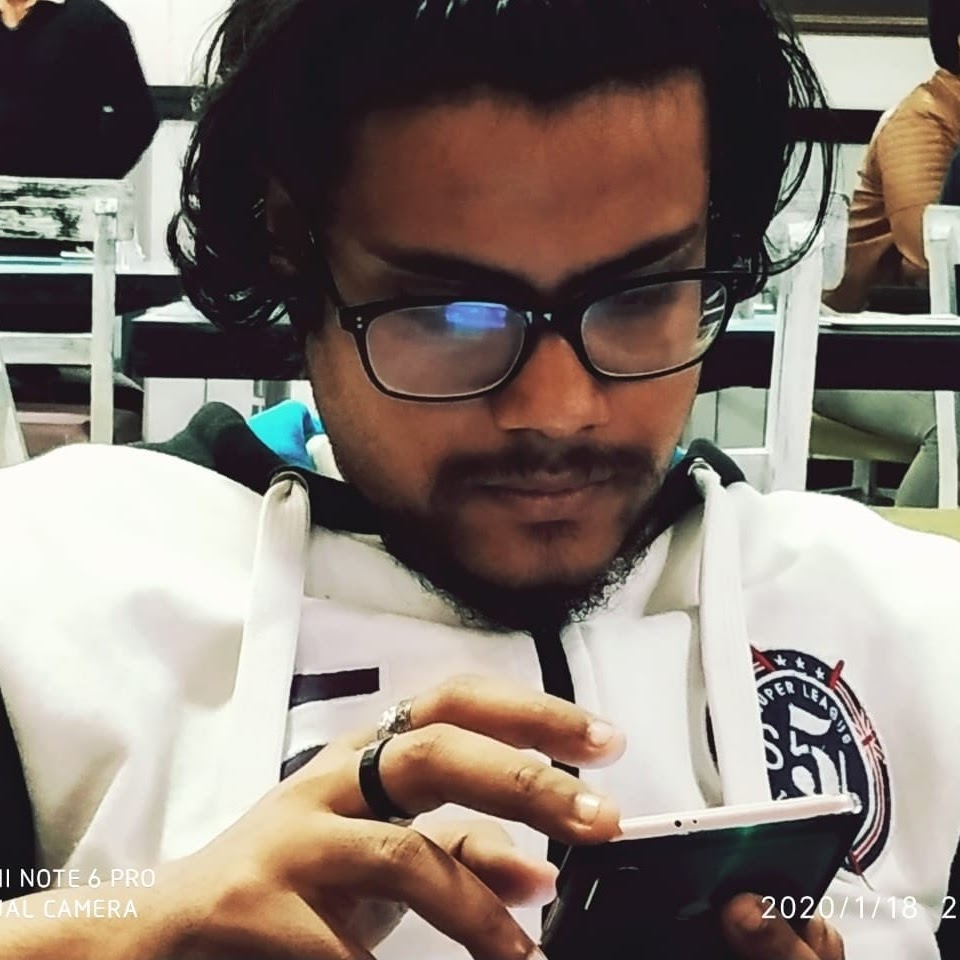Visitors
PhD student, QuSoft, CWI Amsterdam
Memory Compression with Quantum Random-Access Gates
August 4th, Thursday from 15h - 16h,2022
In the classical RAM, we have the following useful property. If we have an algorithm that uses M memory cells throughout its execution, and in addition is sparse, in the sense that, at any point in time, only m out of M cells will be non-zero, then we may “compress” it into another algorithm which uses only m log M memory and runs in almost the same time. We may do so by simulating the memory using either a hash table, or a self-balancing tree. We show an analogous result for quantum algorithms equipped with quantum random-access gates. If we have a quantum algorithm that runs in time T and uses M qubits, such that the state of the memory, at any time step, is supported on computational-basis vectors of Hamming weight at most m, then it can be simulated by another algorithm which uses only O(m log M) memory, and runs in time Õ(T ). We show how this theorem can be used, in a black-box way, to simplify the presentation in several papers. Broadly speaking, when there exists a need for a space-efficient history-independent quantum data structure, it is often possible to construct a space-inefficient, yet sparse, quantum data structure, and then appeal to our main theorem. This results in simpler and shorter arguments.
IQIM, California Institute of Technology
Quantum Depth in the Random Oracle Model
27th November 2022.
We give a comprehensive characterization of the computational power of shallow quantum circuits combined with classical computation. Specifically, for classes of search problems, we show that the following statements hold, relative to a random oracle:
About
Dr. Atul Singh Arora is a postdoctoral research associate at the Institute for Quantum Information and Matter (IQIM), Caltech, where he is hosted by Thomas Vidick. He completed his PhD from the Centre for Quantum Information and Communication (QuIC) at Universite libre de Bruxelles in 2020, supervised by Jérémie Roland. Prior to that, he obtained an Integrated MSc in Physics from IISER Mohali in 2016. His research interests lie in Quantum Cryptography, Quantum Complexity Theory, and Quantum Foundations.Harish Chandra Research Institute, Prayagraj
Quantum Networks
3 rd January 2023.
Generating entanglement between more parties is one of the central tasks and challenges in the backdrop of building quantum technologies. I will discuss two recently proposed protocols to create genuine multipartite entangled states in networks -- measurement-based and deterministic schemes. In the former case, we employ weak entangling measurement on two parties as the basic unit of operation to produce entanglement between more parties starting from an entangled state with a lesser number of parties and auxiliary single-qubit systems which we call “multipartite entanglement inflation”. The latter deterministic procedure involves optimization over a set of two-qubit arbitrary unitary operators and the entanglement of the initial resource state which we refer to as entanglement circulation.
About
Prof Aditi Sen (De) is a Professor at the HRI Prayagraj. She moved to HRI in 2009, following a faculty position at Jawaharlal Nehru University, New Delhi. Prior to that she was a Ramon y Cajal researcher at ICFO Barcelona, and an Alexander Humboldt Fellow at the University of Hannover. She completed her BSc. and MSc. Degrees from Kolkata and her PhD from the University of Gdansk, Poland in 2004. Prof Sen (De) has made several significant contributions to quantum communication, quantum foundations, quantum correlations and other areas of quantum science. She is the recipient of several prestigious awards including the Shanti Swarup Bhatnagar Award in 2018, for her contribution to the Physical Sciences – the first female physicist to have received this award.HRI Prayagraj
Detecting Exceptional Point through Dynamics in Non-Hermitian System
04-January-2023
Non-Hermitian rotation-time reversal (RT)-symmetric spin models possess two distinct phases, the unbroken phase in which the entire spectrum is real and the broken phase which contains complex eigenspectral, thereby indicating a transition point, referred to as an exceptional point. We report that the dynamical quantities, namely short and long time average of Lo Schmidt echo which is the overlap between the initial and the final states, and the corresponding rate function, can faithfully predict the exceptional point known in the equilibrium scenario. In particular, when the initial state is prepared in the unbroken phase and the system is either quenched to the broken or unbroken phase, we analytically demonstrate that the rate function and the average Lo Schmidt echo can distinguish between the quench occurred in the broken or the unbroken phase for the nearest-neighbour XY model with uniform and alternating magnetic fields, thereby indicating the exceptional point. Furthermore, we exhibit that such quantities are capable of identifying the exceptional point even in models like the non-Hermitian XYZ model with magnetic field which can only be solved numerically.
About
Keshav Das Agarwal, Ph.D Student HRI PrayagrajHRI Prayagraj
Distributed dense coding network for continuous variable systems.
3 rd January 2023
Quantum dense coding (DC), first introduced by Bennett and Weisner for qubit systems, was generalized to the continuous variable (CV) paradigm by Braunstein and van Look for a single sender and a single receiver. In this talk, I will discuss the continuous variable dense coding (CV-DC) scheme for multiple senders sharing a multimode entangled state with a single receiver. I will present our framework for generating a multimode-dense coding network using quantum optical fields and demonstrate the quantum advantage of the protocol using paradigmatic classes of three- and four-mode states. The protocol is scalable to arbitrary numbers of senders. The encoding operations comprise local displacements while the decoding involves homodyne measurements of the modes. Our protocol involves simple optical elements such as beam splitters and mirrors, thereby exhibiting its potentiality for experimental realization.



